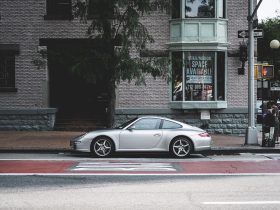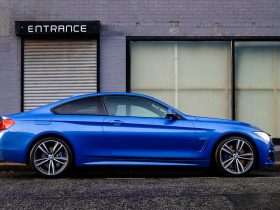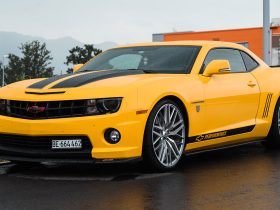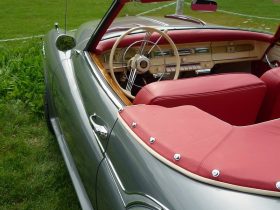
Urban air mobility has taken a firm foot in many cities from all around the world, aimed to revolutionize the way we commute. This innovative mode of transportation is set to reduce commuting times, revolutionize urban planning, increase public safety, and help reduce our carbon footprints.
Urban air mobility, also known as UAM, is the use of electrical aircraft or eVTOLs (electric vertical take-off and landing aircrafts) to provide point-to-point air transportation between cities. These aircrafts are capable of providing fast, affordable, and quick mode of transportation that connects suburbs to cities.
UAM is said to be the future of transportation, providing an easy and practical way to reduce travel times and traffic congestion. It brings together the success of air travel and rapid urban development and is set to redefine transportation by providing a solution across a spectrum of goals and objectives.
UAM has the potential to revolutionize urban infrastructure and reduce our reliance on traditional fuels. It provides a more efficient, sustainable, and accessible way to get from point A to point B; making it a greener form of transportation. It could also mean greater access to employment, education, healthcare, and other services, for those living in the suburbs and rural areas.
In addition, UAM provides greater safety for its passengers with its cutting-edge eVTOL technology. It can reduce exposure to road traffic accidents, and its electric propulsion systems have lower noise pollution than traditional air vehicles.
Urban air mobility has already become a reality all over the world, with companies such as Uber, Airbus, Joby, and more investing in this technology. Major cities like Dubai, Singapore, Los Angeles, and others are already testing UAM systems, and the promise of cheaper and faster transit is being realized.
Urban air mobility is clearly revolutionizing the way of life in cities by providing a cheaper, greener, and faster commute experience, and it may just be the way of the future.











Got a Questions?
Find us on Socials or Contact us and we’ll get back to you as soon as possible.